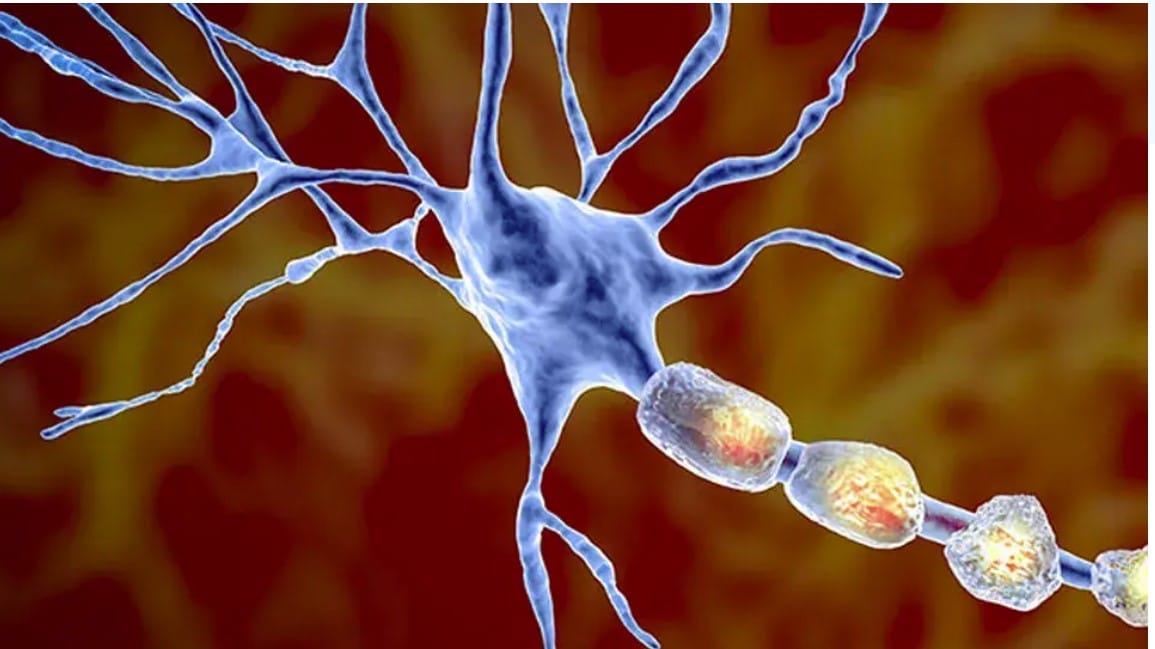
September 19, 2024 – Meaningful characterization is critical to advancing research and care, review authors contend
The currently used phenotypic descriptors of multiple sclerosis (MS) — e.g., relapsing-remitting MS, primary progressive MS, secondary progressive MS — do not reflect the heterogeneity of biological processes that underlie the spectrum of clinical disease. Several pathologic processes can be at play to differing degrees at once and have similar clinical manifestations, which makes the traditional classification system less useful, hindering optimal diagnosis, prognostication, disease management and research.
In response, Cleveland Clinic neuroimmunologist Carrie M. Hersh, DO, MSc, and colleagues recently published a call to rethink how MS is described, advocating for a focus on intrinsic biology rather than clinical phenotype. Their publication appeared as a review article in Current Opinion in Neurology (2024;37[3]:189-201).
“As our understanding of MS increases, we need to focus more on the nuanced understanding of the immunopathologic underpinnings of disease than relatively broad clinical frameworks,” says Dr. Hersh, Associate Professor of Neurology and Director of the MS Health and Wellness Program at Cleveland Clinic Lou Ruvo Center for Brain Health in Las Vegas. “Moving away from the phenotypic classifiers toward more precise terminology that reflects underlying drivers of disease will better serve patient care and research at all levels.”
A mixture – versus sequence – of disease processes
Greater understanding of MS is contributing to a new model of characterizing disease. Inflammatory processes (acute, diffuse and compartmentalized in the central nervous system) — as well as neurodegeneration, oxidative stress, mitochondrial dysfunction and remyelination failure — can occur to different degrees throughout the disease course rather than in a predictable sequence. They can vary markedly between patients who are currently classified in the same disease categories, and they may even be present before clinical manifestations appear.
“It’s now becoming apparent that we should not be treating every patient with the same clinical picture the same way,” Dr. Hersh says. “We need to move to a personalized medicine approach, in which we target therapy to a patient’s specific underlying disease processes, what we term their ‘ground truth.’”
New biomarkers set stage for new categorization
The review emphasizes that the emergence of biomarkers for different MS mechanisms is increasingly helping to identify underlying pathology. Important biomarkers include the following:
- Neurofilament light chain in the serum and cerebrospinal fluid, a marker for neuroaxonal loss. High levels predict new or enlarging T2 lesions and brain volume loss, and they may occur before the appearance of first MS symptoms.
- MRI findings, such as chronic active lesions, slowly expanding lesions and paramagnetic rim lesions (seen as dark rings, thought to represent deposition of iron within macrophages and/or activated microglia), which may be indicators of poor prognosis.
- Measures of brain volume loss on MRI, particularly mean thalamic volume. Evidence of early brain atrophy is providing clues to radiologically isolated syndrome (RIS), possibly reflecting long duration of subclinical disease, which suggests that RIS may not be the “earliest manifestation of the disease” it was once thought to be.
Dr. Hersh adds that emerging MRI techniques may soon be able to reveal differences between two apparently identical lesions visualized by conventional methods. This may help explain the heterogeneity of clinical symptoms between patients who appear to have similar disease severity evident on MRI.
“These important indicators from imaging and laboratory tests may soon help establish a better framework to inform clinical care and research,” she says.
Pathologic processes below the clinical threshold
With the help of biomarkers, it is becoming increasingly evident that MS disease processes may progress years before a patient develops symptoms.
“Our detection of disease is only as sensitive as our tools,” Dr. Hersh adds. “We now recognize that patients who are considered neurologically normal by the Expanded Disability Status Scale score — often used to determine candidacy for disease-modifying therapy and clinical trials — may have significant underlying disease processes that are amenable to therapy.”
A new model for conceptualizing disease course
The article proposes a topographical model to help conceptualize a disease course, in which patients may have subclinical disease for years during which their functional reserve is high, masking the effects of lesions. This buffer against clinical manifestations is, over time, subject to modification by lifestyle, therapy and comorbidities. As functional reserve declines and lesions progress, symptoms appear and worsen, which is associated with relapse events. Eventually, as functional reserve lowers further, disability progresses independent of relapse activity.
CLICK Here to continue reading
““““““““““““““““““““““““““““““`
Stay informed with MS news and information - Sign-up here
For MS patients, caregivers or clinicians, Care to chat about MS? Join Our online COMMUNITY CHAT



